Country
Crash of a Saab 340 off Hsinchu: 13 killed
Date & Time:
Mar 18, 1998 at 1932 LT
Registration:
B-12255
Survivors:
No
Schedule:
Hsinchu - Kaohsiung
MSN:
337
YOM:
1993
Crew on board:
5
Crew fatalities:
Pax on board:
8
Pax fatalities:
Other fatalities:
Total fatalities:
13
Aircraft flight hours:
8076
Circumstances:
When the crew boarded the aircraft in Hsinchu for the flight to Kaohsiung it had been a long and demanding day for the captain who was to fly the aircraft. He had been on duty more than 11 hours and performed nine flights. The accident flight, which was planned to be his last flight of the day, was to take place in darkness. The weather was above minima but IMC. During the pre-flight check the crew noted a failure in the RH Main Bus. This caused a number of systems to be unavailable, a.o.: the autopilot, the left hand EFIS, LH/RH Flight Director, LH RMI, EFIS Comparators, and the no. 2 engine anti-ice start bleed valve being open (as a result of this, the ITT on this engine was approximately 15°C higher than normal at selected power on this engine). Despite the fact that, according to the Minimum Equipment List (MEL), taking off for a flight with any of the Main Buses inoperative was not allowed, the captain decided to continue. During taxi to runway 05 the aircraft was cleared for a Chunan One (CN1) departure. The aircraft took off at 19:29:09. Because of the autopilot was not available, the captain now had to fly manually. In addition, the flying had to be performed without support from the yaw-damper that was also inoperative as a result of the RH Main Bus failure. This means that more active rudder control was required, while the DFDR-data shows that such input was not made. The more than 30°C ITT-split between the engines, of which approximately 15°C was caused by the RH Engine Anti-ice Start Bleed Valve being open, did have little effect on the behavior of the aircraft in the initial start-sequence. But when the crew, 30 seconds after lift off, disengaged CTOT and started to manually adjust the RH PLA downwards, possibly to get equal ITT in the engines, this ended up in a torque-split of more than 13% between the engines, with the RH engine being lower in torque. This asymmetry tended to yaw and roll the aircraft to the right and required higher aileron input than normal to the left in order to keep the aircraft at a constant bank angle. Normally the flaps are retracted at around 1,000 feet during initial climb. In this flight the flap retraction was not initiated until the first officer was reading the Climb Check List in which the flap position should be checked and verified. Flap retraction was done just prior to the aircraft reaching VFE15 (175 KIAS, which is the maximum allowed speed with flaps extended). When the climb power was set, a symmetric PLA change was made. However, due to the earlier RH Power Lever Angle (PLA) pull in combination with the normal backlash in the power lever cables between the PLA and the HMU, the RH engine torque was decreased while the LH engine torque remained unchanged. Hence, a torque split occurred. This resulted in an increased aerodynamic asymmetry giving a force tending to yaw and bank the aircraft to the right. Consequently, still more aileron input was required in order to maintain a correct bank angle. Because the behavior of the aircraft was very different from what the captain was used to, the need for continuous manual flying under IMC-conditions may have totally occupied his capacity. This could also explain why, during this phase of flight, he did not observe the aircraft starting a turn to the right 78 seconds after take off instead of continuing the left turn for a heading of 260. At about this same time, and for no obvious reasons, the positive rate of climb decreased and the aircraft leveled out at approximately 2,000 feet for a short time instead of continuing the climb to its assigned altitude of 3,000 feet. The captain's actions could be interpreted as signs that he might have been suffering from fatigue or spatial disorientation. It is difficult to determine if the F/O was aware of the captain's deviation from the cleared departure route. All indications point to the fact that he was not aware or that he out of respect for the captain did not report of the deviations. For example, the F/O transmitted back to Taipei Approach 114 seconds after takeoff, "Left 230, Bravo 12255," while at the same time the aircraft was in a right turn with a 21 degree right bank, passing through a heading of 312 degrees. In fact, his primary means for monitoring the flight were very limited due to dark, IMC-conditions since his EFIS instruments were black or flagged. This could also explain why the captain did not receive any support from the F/O about the flight becoming more and more uncontrolled. Not until 124 seconds after takeoff and 37 seconds prior to the last DFDR-recording did the captain state that he was having a problem with the heading and asked for help with the magnetic compass. At that time the aircraft was in a 24° right bank and 10° pitch up position and had a heading and roll rate by one degree per second. From that moment a continuous decrease in pitch angle was recorded down to -65,4° just prior to the impact. Just 19 seconds before the last DFDR-recording, with a heading of 022 and a bank angle of 36° to the right, the captain said "Ask for a radar vector." At this moment, he also initiates a short aileron input to the right, further increasing the bank angle. The other crewmembers did not answer or give any notable response to the captain's request for help with the magnetic compass. The reason might be that they also were very confused about the situation and unable to take any relevant action. When the captain, 14 seconds before the last DFDR-recording, said "Wah Sei!!! Everything is wrong." the aircraft was in a 8,4° pitch down and the right bank angle was 47,5°. Finally, only 10 seconds before the last data point was recorded, the first officer responds by asking "Sir, shall we look at this one? ". Pitch down was then 15,8° and the right roll angle 71,7°. In the last part of the flight the pitch and bank angles were at extreme values not to be experienced in normal operation. At this stage of the flight, the control inputs recorded are rapid aileron inputs to the right that further increased the adverse attitudes. The aircraft was then totally uncontrolled and the airspeed and sink rate increased dramatically. Four seconds before impact the Vmo warning started. The aircraft then crashed into the sea.
Probable cause:
The following factors were identified:
- The flight crew's failure to maintain the situational awareness resulting in the loss of aircraft control,
- The failure of R/H main electrical bus resulting in the malfunction of R/H navigation system and flight instruments,
- Flight crew did not comply with MEL,
- Night time and IMC resulted in no or limited visual reference for the flight crew,
- The captain conducted the flight in a fatigue and spatial disorientation condition,
- Flight crew did not comply with standard operation procedures.
- The flight crew's failure to maintain the situational awareness resulting in the loss of aircraft control,
- The failure of R/H main electrical bus resulting in the malfunction of R/H navigation system and flight instruments,
- Flight crew did not comply with MEL,
- Night time and IMC resulted in no or limited visual reference for the flight crew,
- The captain conducted the flight in a fatigue and spatial disorientation condition,
- Flight crew did not comply with standard operation procedures.

Crash of a Saab 340B in Porto
Date & Time:
May 14, 1997 at 1628 LT
Registration:
EC-GFM
Survivors:
Yes
Schedule:
Madrid - Porto
MSN:
315
YOM:
1992
Flight number:
RGN1335
Crew on board:
3
Crew fatalities:
Pax on board:
34
Pax fatalities:
Other fatalities:
Total fatalities:
0
Captain / Total hours on type:
1292.00
Copilot / Total hours on type:
904
Aircraft flight hours:
7226
Aircraft flight cycles:
7216
Circumstances:
Because of construction works on runway 35, the threshold at Porto was displaced by 760 metres. This was published in a Notam but during the flight preparation at Madrid-Barajas Airport, the crew was not informed about this notice. Following an uneventful flight, the crew was cleared to descent and received instructions for a landing on runway 35 but no information about the displaced threshold. On final approach, the controller realized that the aircraft was approaching too low and instructed the crew to 'overshoot please'. The crew did not react to this instruction and continued the approach when the aircraft undershot the displaced threshold and landed in the construction area. It struck several trenches which caused the undercarriage to be torn off and slid for few dozen metres before coming to rest on the runway. All 37 occupants were evacuated safely and the aircraft was damaged beyond repair.
Probable cause:
The following factors were identified:
- While preparing the flight in Madrid, the crew have not been informed about the Notam published by the Porto Airport Authority reporting that the runway 35 threshold has been temporary displaced of 760 metres due to construction works,
- The existence of two markings on the runway 35 threshold, which may have confused the crew,
- Lack of concentration of the crew during the flight,
- The controller did not effectively alert the crew about work in progress,
- The controller, trying to alert the crew, did not use a correct phraseology.
- While preparing the flight in Madrid, the crew have not been informed about the Notam published by the Porto Airport Authority reporting that the runway 35 threshold has been temporary displaced of 760 metres due to construction works,
- The existence of two markings on the runway 35 threshold, which may have confused the crew,
- Lack of concentration of the crew during the flight,
- The controller did not effectively alert the crew about work in progress,
- The controller, trying to alert the crew, did not use a correct phraseology.
Final Report:
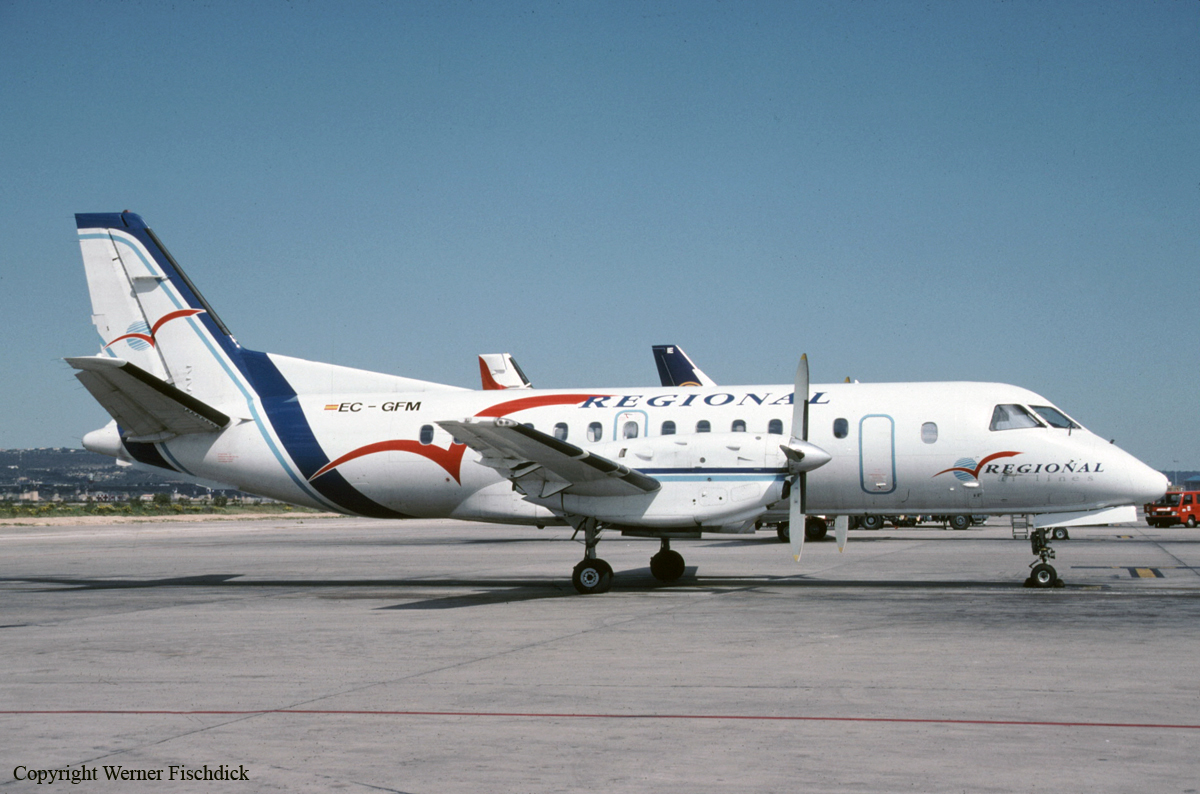


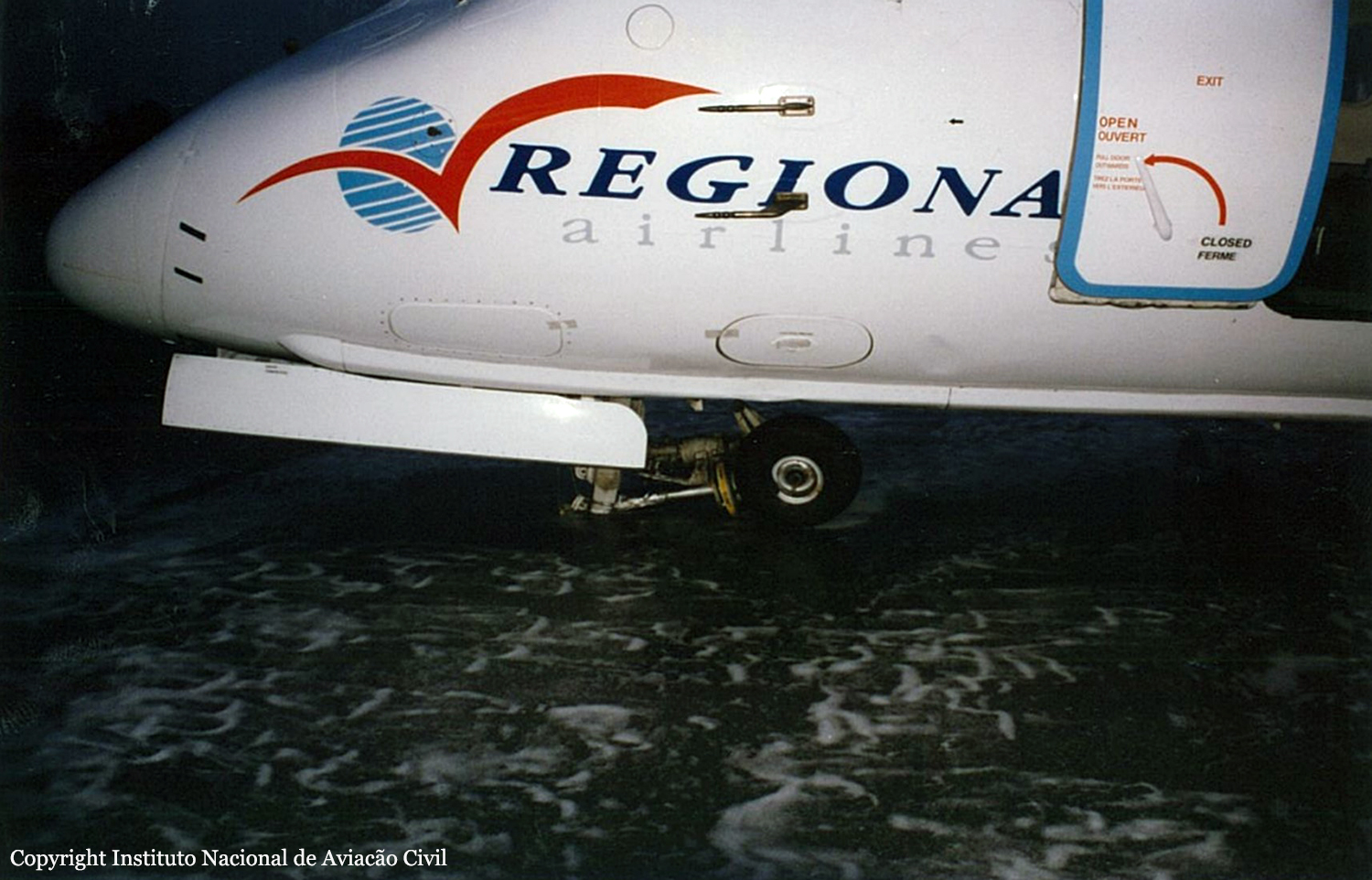
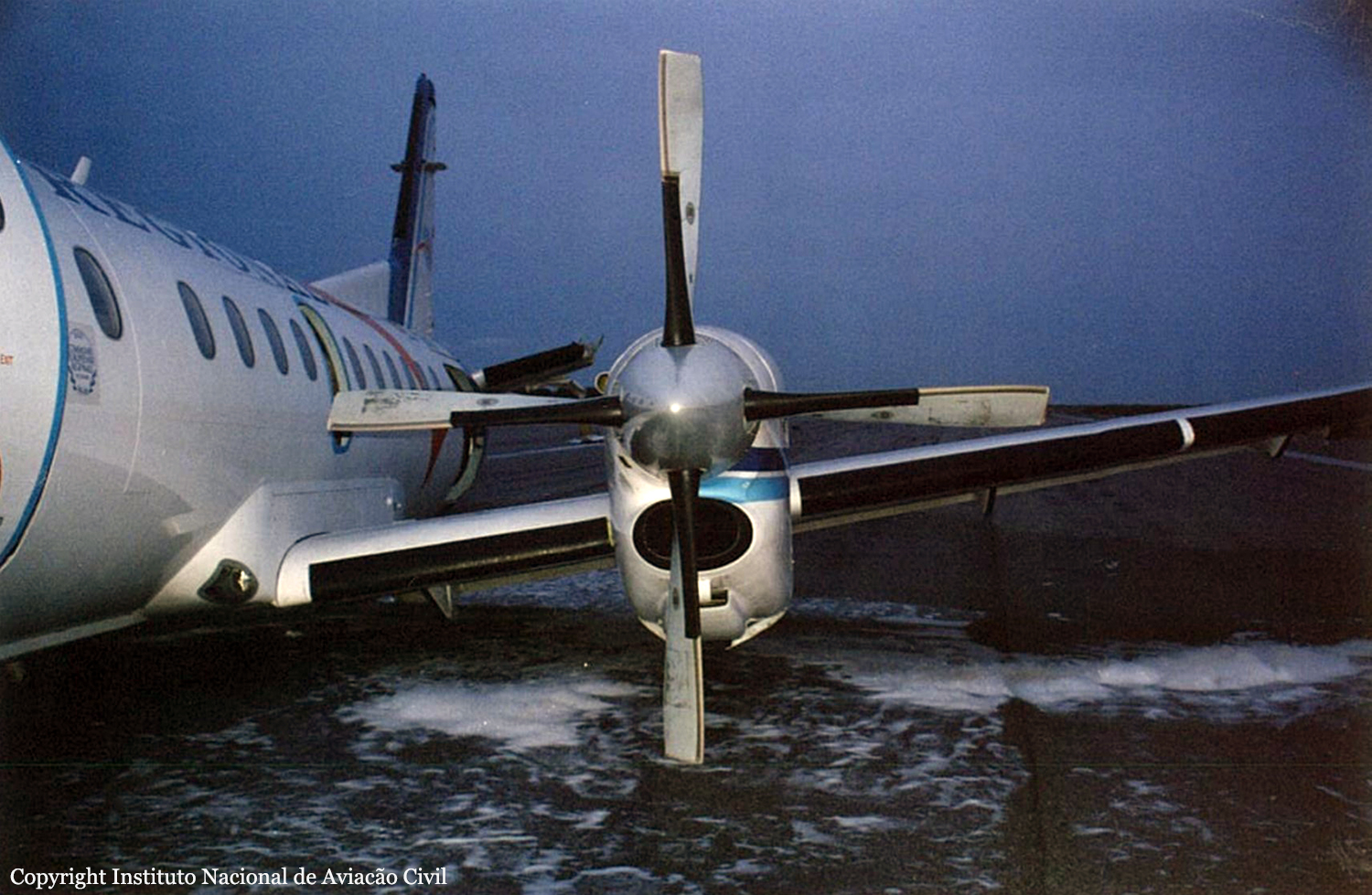
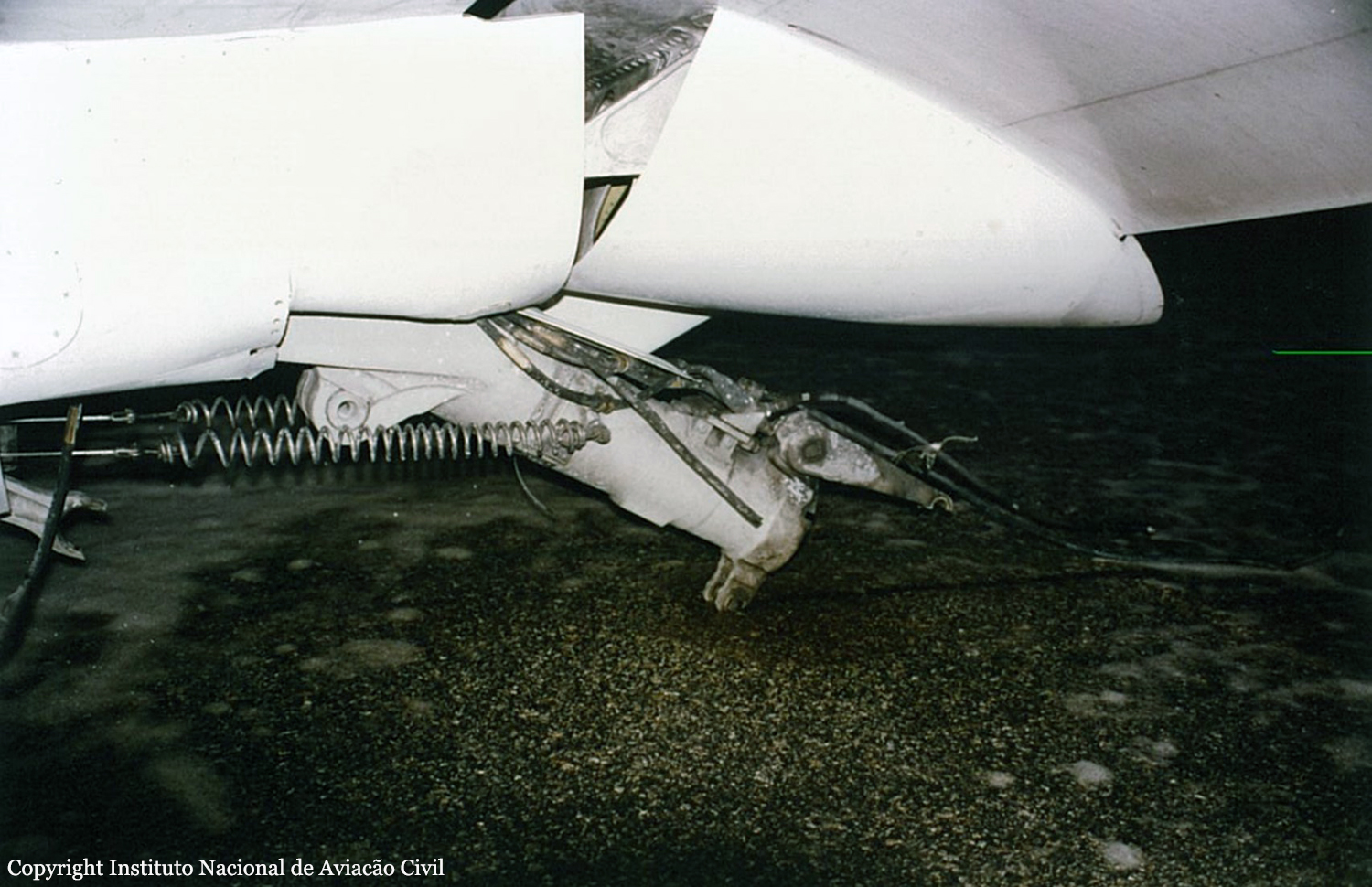
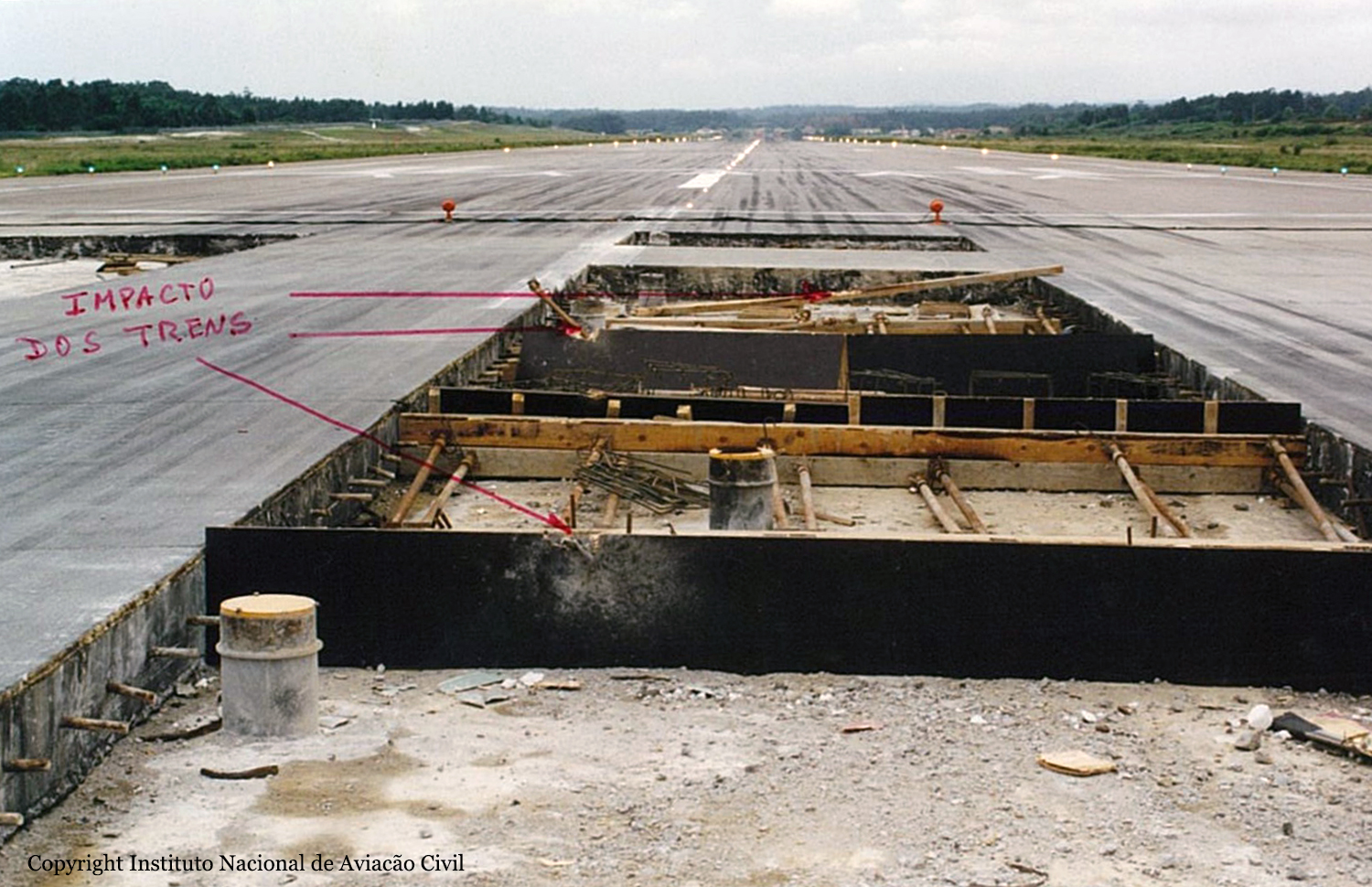
Crash of a Saab 340B in Amsterdam: 3 killed
Date & Time:
Apr 4, 1994 at 1446 LT
Registration:
PH-KSH
Survivors:
Yes
Schedule:
Amsterdam - Cardiff
MSN:
195
YOM:
1990
Flight number:
KL433
Crew on board:
3
Crew fatalities:
Pax on board:
21
Pax fatalities:
Other fatalities:
Total fatalities:
3
Captain / Total hours on type:
1214.00
Copilot / Total hours on type:
1334
Aircraft flight hours:
6558
Circumstances:
After take off from runway 24, the aircraft followed a VALKO departure as cleared by Air Traffic Control (ATC) . During climb, passing flight level 165 (FL165), the Master Warning was triggered by the right engine oil pressure Central Warning Panel (CWP) light. The Captain slowly retarded the right hand power lever to flight idle and called for the emergency checklist. After completion of the emergency checklist procedure, the right hand engine oil pressure CWP light was still on and the Captain decided to return to Amsterdam . The right hand engine remained in flight idle during the remainder of the flight. While returning to Amsterdam, the flight was radar vectored by ATC for an Instrument Landing System (ILS) approach on runway 06 . After passing approximately 200 feet height, the aircraft became displaced to the right of the runway and a go around was initiated. During the go around, control of the aircraft was lost and, at 12 :46 UTC, the aircraft hit the ground, in a slight nose low attitude with approximately 80° bank to the right, approximately 560 meters right from the runway 06 centerline, just outside the airport. Two passengers and the Captain died in the accident; eight passengers and the First Officer (FO) were seriously injured.
Probable cause:
Inadequate use of the flight controls during an asymmetric go around resulting in loss of control.
The following contributing factors were reported:
- Insufficient understanding of the flight crew of the SAAB 340B engine oil system,
- Lack of awareness of the consequences of an aircraft configuration with one engine in flight idle,
- Poor Crew Resource Management.
The following contributing factors were reported:
- Insufficient understanding of the flight crew of the SAAB 340B engine oil system,
- Lack of awareness of the consequences of an aircraft configuration with one engine in flight idle,
- Poor Crew Resource Management.
Final Report:
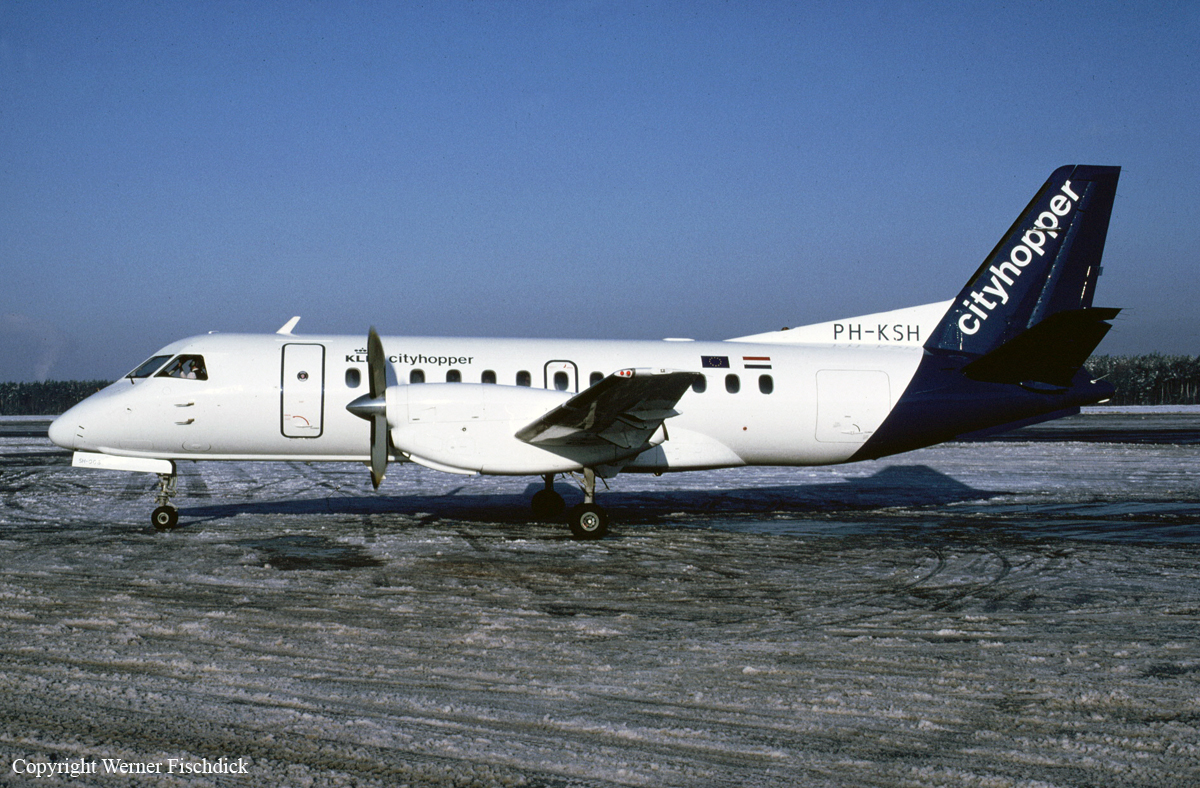
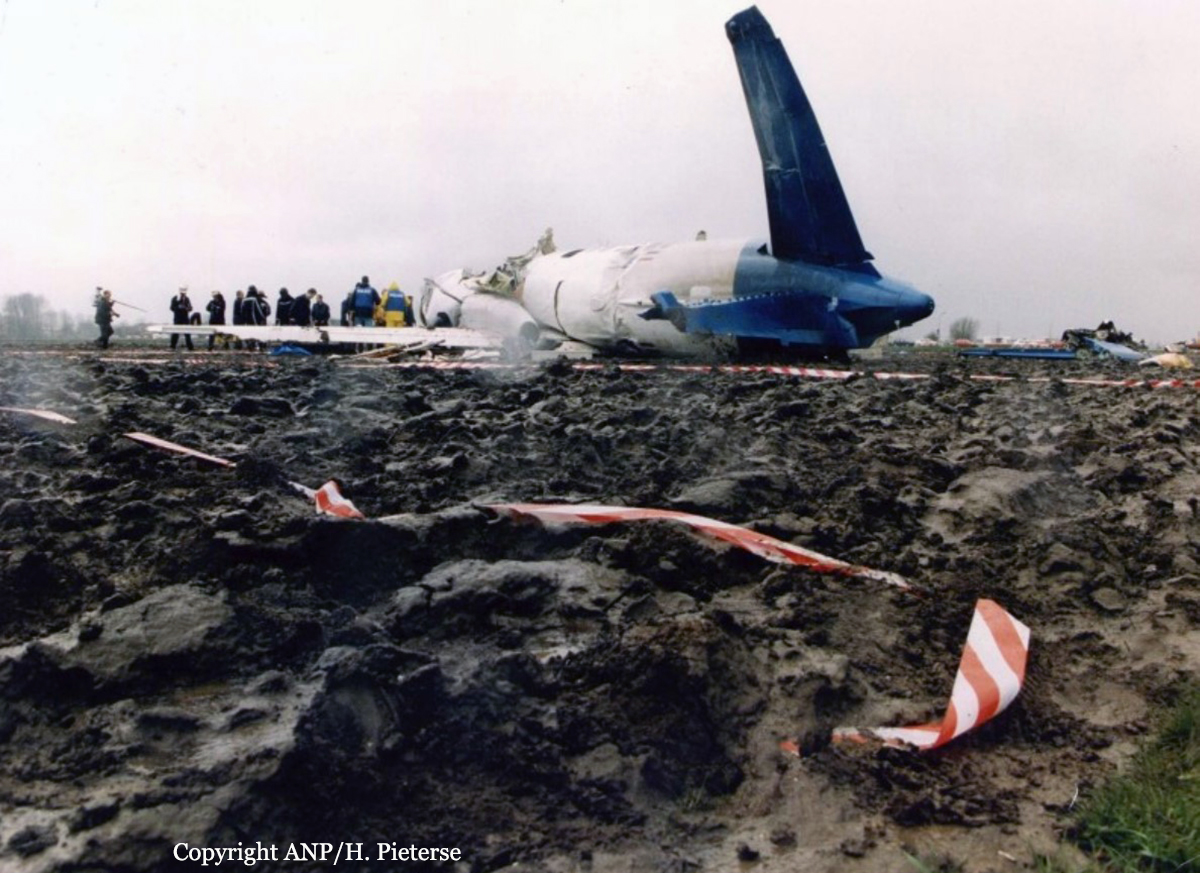
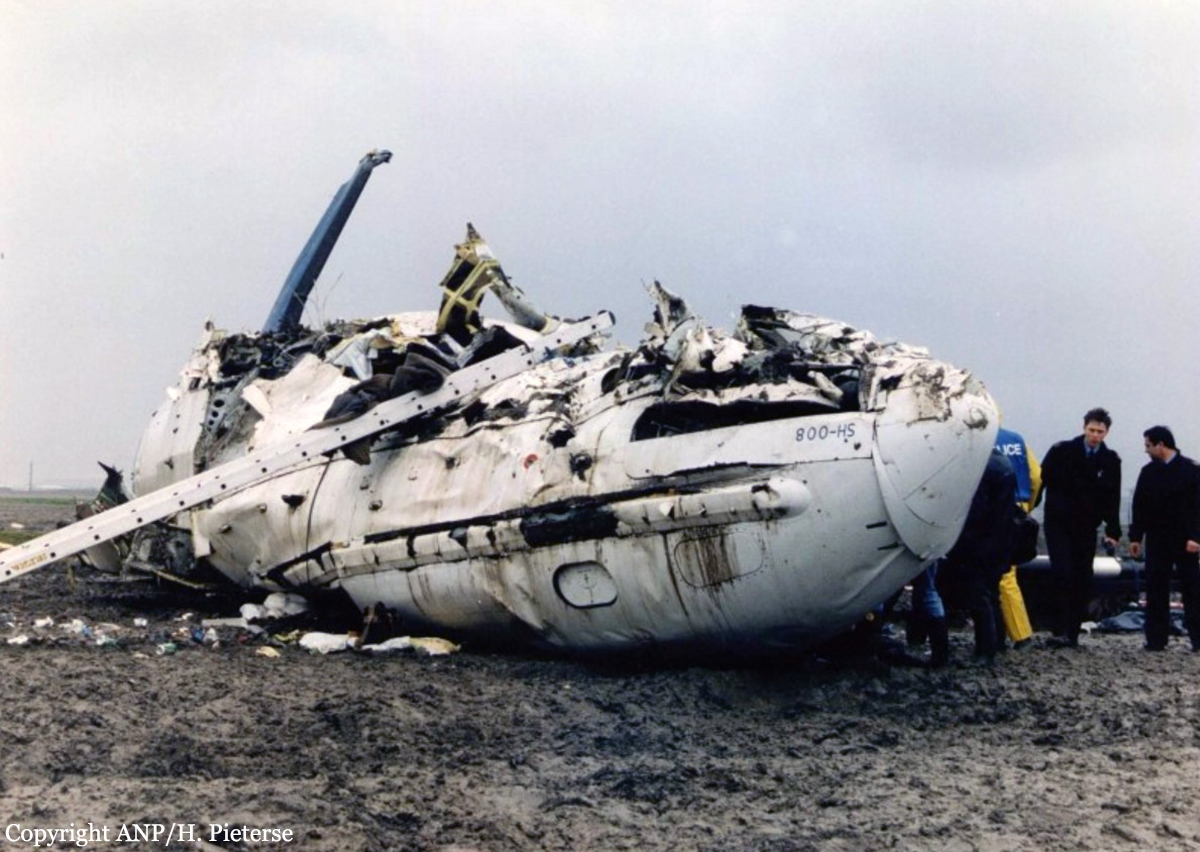



Crash of a Saab 340A in Hibbing
Date & Time:
Jan 2, 1993 at 1942 LT
Registration:
N342PX
Survivors:
Yes
Schedule:
Minneapolis - Hibbing
MSN:
147
YOM:
1989
Crew on board:
3
Crew fatalities:
Pax on board:
28
Pax fatalities:
Other fatalities:
Total fatalities:
0
Captain / Total hours on type:
2800.00
Circumstances:
During the approach, the 1st officer (FO) asked the captain if he wanted to '...pop the boots?' to remove ice off the wings. The capt responded '...it's going to the hangar. I'll run'em on the ground...' The FO retarded power over the threshold and the sink rate increased; the capt observed 900 fpm. The FO applied additional back pressure on the yoke, but it was inadequate to arrest the high sink rate. Additional back pressure was applied, and the stall horn sounded followed shortly thereafter by the captain stating 'I got it.' During the hard landing the right main landing gear broke, the fuel tank ruptured, and the right wing rear spar bent upward. Aprx 18 hrs after the accident, 3/16 inch of rime mixed with clear ice was observed on the leading edges of the wing, horizontal stab, and vertical stab. The ice had finger-like protrusions positioned vertically to the wing surfaces. The company's line ops manual does not discuss flight characteristics or landing techniques specific to wing ice. Neither pilot had received company's current crm training.
Probable cause:
The first officer's failure to maintain a proper descent rate during the landing, and the captain's inadequate supervision by not taking timely action to ensure a safe landing. Factors which contributed to the accident were: the company's failure to provide adequate training on the airplane's flight characteristics and/or handling techniques under conditions of wing ice contamination, the company's failure to assure that both pilots had received the current crew resource management (crm) training, and the existing weather conditions which resulted in an accumulation of ice on the airplane's wing.
Final Report:


